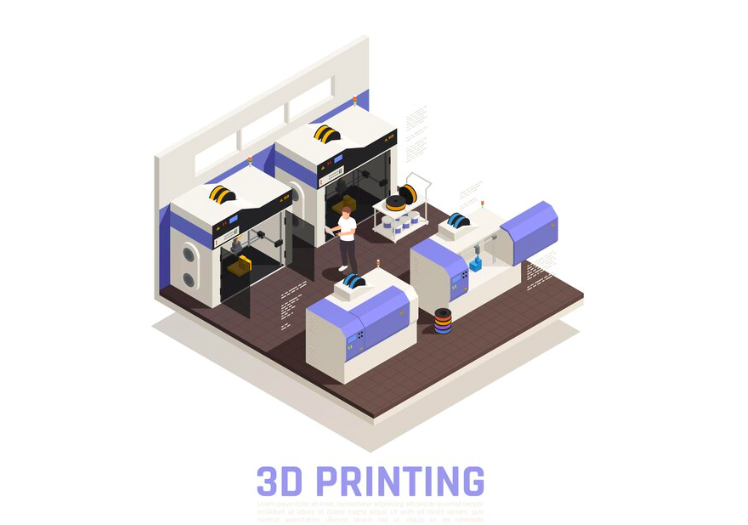In the not-so-distant past, the idea of creating physical objects from digital designs seemed like something out of a sci-fi novel. Fast forward to today, and 3D printers have become an integral part of various industries, transforming the way we design, prototype, and manufacture. In this blog, we’ll delve into the evolution of 3D printers and explore the myriad benefits they bring to the table.
The Evolution of 3D Printing:

The concept of 3D printing, also known as additive manufacturing, dates back to the 1980s. However, it was in the last decade that this technology truly came into its own. Early 3D printers were expensive, bulky, and limited in the materials they could use. Today, thanks to rapid advancements, 3D printers have become more affordable, user-friendly, and versatile.
One significant evolution is the expansion of materials available for 3D printing. Initially confined to plastics, modern printers can now work with metals, ceramics, and even bio-compatible materials. This has opened the door to a wide range of applications across industries such as aerospace, healthcare, automotive, and consumer goods.
Benefits of 3D Printing:

- Rapid Prototyping: 3D printing has revolutionized the prototyping process. Designers and engineers can quickly iterate through multiple versions of a product, allowing for faster development cycles and more efficient innovation. This has proven invaluable in industries like product design and development.
- Customization and Personalization: One of the most significant advantages of 3D printing is the ability to create highly customized and personalized products. From personalized medical implants to customized consumer goods, 3D printing enables a level of tailoring that was once inconceivable.
- Cost-Efficiency: Traditional manufacturing methods often involve high setup costs for molds and tooling. 3D printing eliminates these upfront expenses, making it a cost-effective solution for small production runs and one-off prototypes. This democratization of manufacturing has empowered small businesses and entrepreneurs.
- Complex Geometries: Unlike traditional manufacturing methods, 3D printing allows for the creation of intricate and complex geometries that would be impossible or highly expensive to produce using other techniques. This capability has transformed architecture, aerospace, and healthcare, among other fields.
- Sustainability: 3D printing produces minimal waste compared to traditional subtractive manufacturing methods. By only using the necessary material, it helps reduce environmental impact and contributes to a more sustainable manufacturing process.
- On-Demand Production: With 3D printing, products can be manufactured on-demand, reducing the need for large inventories and storage space. This not only streamlines the supply chain but also enables more responsive and agile production models.
The evolution of 3D printing has been nothing short of extraordinary. From its humble beginnings as a niche technology to its current status as a transformative force across industries, 3D printing continues to push the boundaries of what is possible. As the technology advances further, we can only anticipate more groundbreaking applications and benefits that will reshape the way we design and manufacture in the years to come. The age of limitless creativity and customization is here, thanks to the power of 3D printing.


